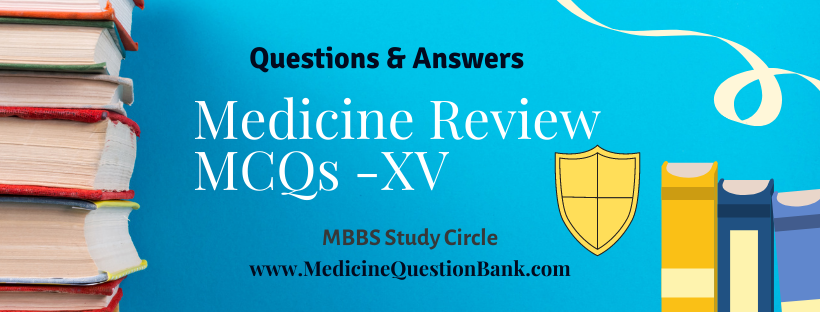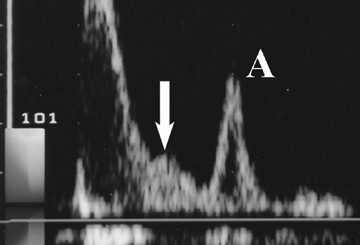Medicine Review MCQs-XV
Contents
- 1 Which is the richest food source of Vitamin A?
- 2 All of the following are unoxygenated (oxygen free) carotenoids EXCEPT ?
- 3 Which is the most common form of vitamin -B12 used in dietary supplements
- 4 Which of the following is given in cyanide poisoning?
- 5 Pernicious anemia characterised by the presence of antibodies to ?
- 6 Which is TRUE regarding autoantibodies in Pernicious anemia?
- 7 Increase in blood levels of Methylmalonic acid and Homocysteine suggests?
- 8 Which of the following is false for Pernicious anemia?
- 9 Diphyllobothrium latum causes --------------- deficiency in humans
- 10 Administration of which anesthesia can precipitate subacute combined degeneration in people with subclinical vitamin B12 deficiency?
- 11 Jock itch
- 12 “Fried-egg” appearance
- 13 Heart-hand syndrome
- 14 Ghost cells
- 15 Cell cytoplasm has “foamy” appearance
- 16 Faggot cells
- 17 ‘Thumb sign’ in X-ray
- 18 Hot potato voice
- 19 Coffee bean sign
- 20 Faget sign – Relative bradycardia
- 21 Rose spots
- 22 ‘Step-Ladder’ pattern of Fever
- 23 Pea soup Stool
- 24 Mushroom cap sign
- 25 Heart Failure Cells
Which is the richest food source of Vitamin A?
Vitamin A
The richest food source is liver,
Also found in milk, butter, cheese, egg yolks and fish oils.
Beta-carotene is the main carotenoid found in green vegetables, carrots and other yellow and red fruits.
Other carotenoids, lycopene and lutein,
All of the following are unoxygenated (oxygen free) carotenoids EXCEPT ?
Carotenoids with molecules containing oxygen, such as lutein and zeaxanthin, are known as xanthophylls
The unoxygenated (oxygen free) carotenoids such as α-carotene, β-carotene, and lycopene, are known as carotenes. Carotenes typically contain only carbon and hydrogen (i.e., are hydrocarbons),
Which is the most common form of vitamin -B12 used in dietary supplements
Cyanocobalamin is the most common form used in dietary supplements and food fortification because cyanide stabilizes the molecule against degradation.
Which of the following is given in cyanide poisoning?
Hydroxocobalamin
Injected intravenously for the purpose of treating cyanide poisoning, as the hydroxyl group is displaced by cyanide, creating a non-toxic cyanocobalamin that is excreted in urine.
Pernicious anemia characterised by the presence of antibodies to ?
Pernicious anemia-
characterised by stomach atrophy and the presence of antibodies to parietal cells and intrinsic factor
Which is TRUE regarding autoantibodies in Pernicious anemia?
Around 85% of PA patients have parietal cell antibodies, which means they are a sensitive marker for the disease.
Intrinsic factor antibodies are much less sensitive than parietal cell antibodies, but they are much more specific.
Increase in blood levels of Methylmalonic acid and Homocysteine suggests?
Methylmalonic acid and homocysteine - metabolic products that can be measured in the blood.
Increase in the levels of both helps differentiate between vitamin B12 deficiency and folic acid deficiency.
homocysteine alone increases in the Folic acid deficiency.
Which of the following is false for Pernicious anemia?
H. pylori and Zollinger-Ellison syndrome may also cause a form of nonautoimmune gastritis that can lead to pernicious anemia
Diphyllobothrium latum causes --------------- deficiency in humans
Diphyllobothrium latum causes B12 deficiency in humans. >br> Diphyllobothrium latum absorbs around 80% of dietary B12
Administration of which anesthesia can precipitate subacute combined degeneration in people with subclinical vitamin B12 deficiency?
Through oxidation, nitrous oxide inactivates vitamin B12.
In its inactive form, vitamin B12 is unable to function as a co-factor for methionine synthase and methylmalonyl coA mutase.
Methionine synthase converts homocysteine into methionine, which is necessary for the production of myelin proteins, while also converting 5-methyl-tetrahydrofolate into tetrahydrofolate, which is necessary for DNA synthesis.






